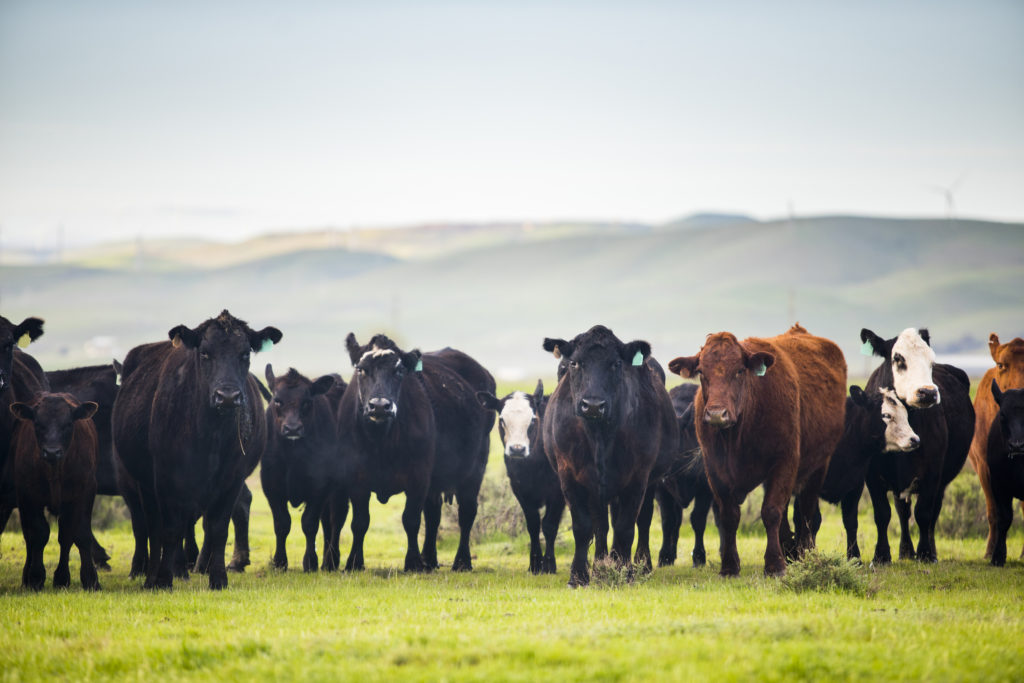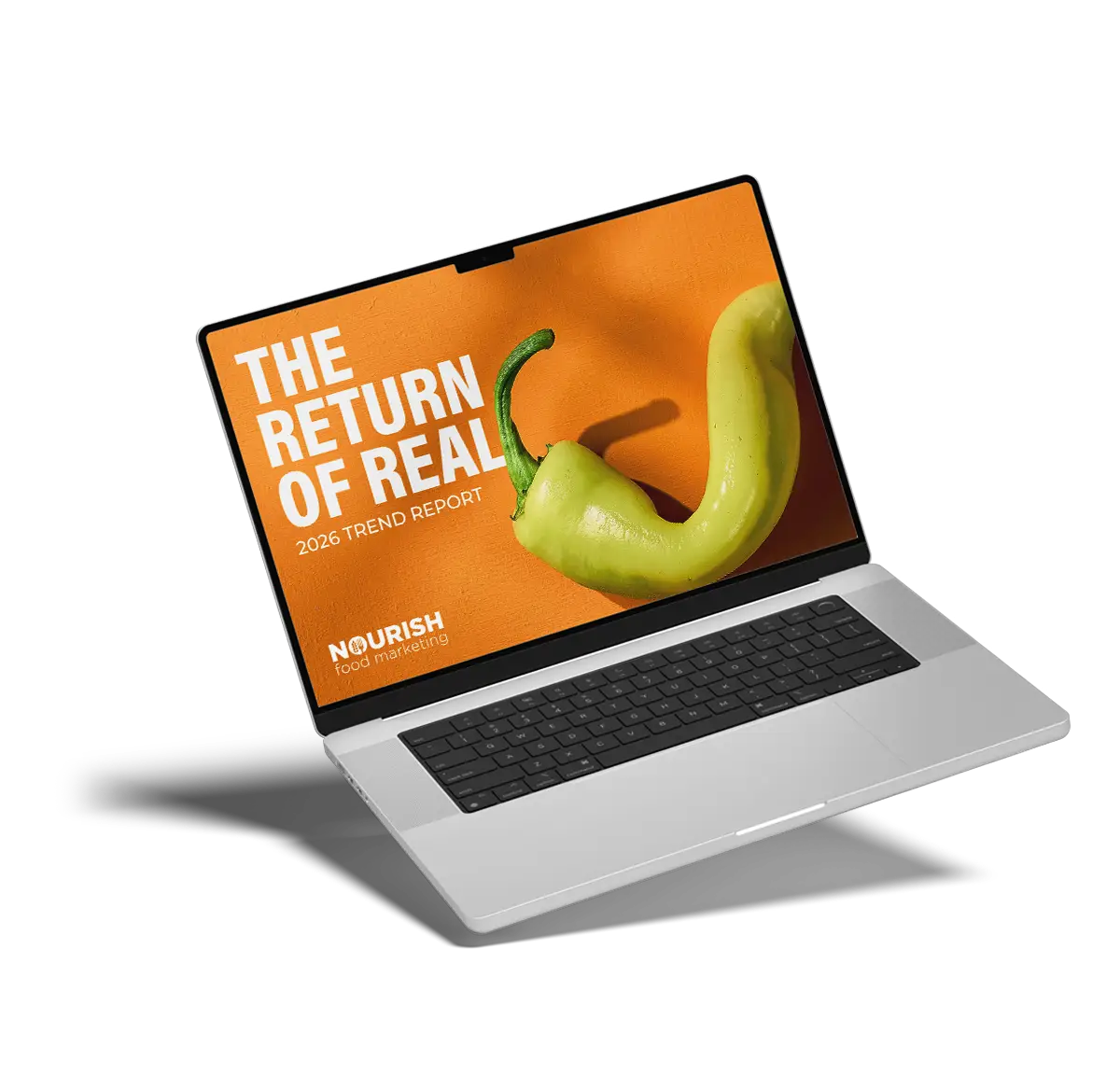The advent and proliferation of social media have allowed news, data, information, fact, and opinion to spread and morph faster than at any time in history. Along the way, myths, conspiracy theories, and plain old-fashioned mistruths tend to replace facts, science, and expertise. In many instances, a simple lie is easier to digest than a complicated truth.
Nowhere is this truer than in modern agriculture, a complex industry driven by technology and innovation, and more and more under the spotlight with consumers. At the same time, consumers’ knowledge of agriculture, and how and where food comes from, is lower than ever. A recent study from the Canadian Centre for Food Integrity indicates that fully 91% of Canadians claim to know little or nothing about farming practices. They’re hungry for information, though; over 60% are interested in knowing more, something we covered in the 2020 Nourish Network Trend Report. It’s no wonder misinformation can, at times, undermine the many positive contributions of modern agriculture.
Here are three examples of things that just might make you go “Huh!”
Eating beef can help heal the planet
Many consumers believe that cattle are a significant source of carbon emissions, and, as such, are bad for the environment. However, recent research indicates that the opposite may be true.
The Canadian Roundtable for Sustainable Beef, a collaborative community of stakeholders devoted to advancing sustainability within the Canadian beef industry, indicates that beef production in Canada only contributes 2.4% to the country’s overall greenhouse gas footprint. Furthermore, the carbon footprint of producing each unit of Canadian beef has actually decreased by 15% since 1981, according to research conducted by the University of Manitoba and Agriculture and Agri-Food Canada.
On the plus side of the ledger, land used for beef production actually provides over 68% of Canada's wildlife habitat on only 33% of total agricultural land. In fact, raising cattle supports biodiversity, including healthy soils and grasslands, clean air and clean water.

And when it comes to carbon sequestration, it is estimated that soils under native grasslands in western Canada, where a majority of Canadian cattle are raised, may contain up to 200 tonnes of carbon per hectare within the first metre.
So, on balance, the Canada’s cattle industry is helping to heal the planet, not harm it.
Canadian farms are family farms
One of the criticisms from activists when it comes to modern agriculture is the supposed movement towards ‘factory’ farms – large, impersonal, resource-intensive operations that resemble auto manufacturing plants more so than the family homesteads portrayed in movies. In reality, nothing could be further from the truth; according to the most recent Census of Agriculture, almost 98 percent of Canadian farms are family-owned.
In 2016, just over half (51.7%) of all Canadian farms were sole proprietorships. Partnerships accounted for 22.9% of farms, while 22.5% were family corporations, with only 2.7% identified as non-family corporations.
In other words, while farms are growing in size and economic impact, they are, for the most part, owned and operated the same way they always have been – by dedicated Canadian farm families.
Canadian food is safe, abundant – and cheap!
During the current pandemic, consumers may have experienced periodic shortages of certain foods – bread and bananas, for example – and many have the perception that Canadian food has become more expensive. While short-term shocks like COVID can definitely impact both availability and cost of food, overall, Canada is uniquely positioned to weather such storms.
In 1900, a Canadian farmer produced enough food for only 10 people, and Canadians spent about 50 cents of every dollar earned on food. By comparison, a farmer today feeds well over 120 people, and our food costs have plummeted to around 11 cents of every dollar we earn.
Generally, food prices are a bit steeper in Canada compared to the USA. This can be attributed to factors such as tax rates, fuel costs, and the exchange rate. But, Canadians still enjoy some of the lowest overall food prices anywhere, with a high degree of safety, quality, and choice thanks to a diverse and robust food supply chain.
So, when it comes to Canadian agriculture, check your assumptions at the door. There’s lots of great stuff growing across our country!
